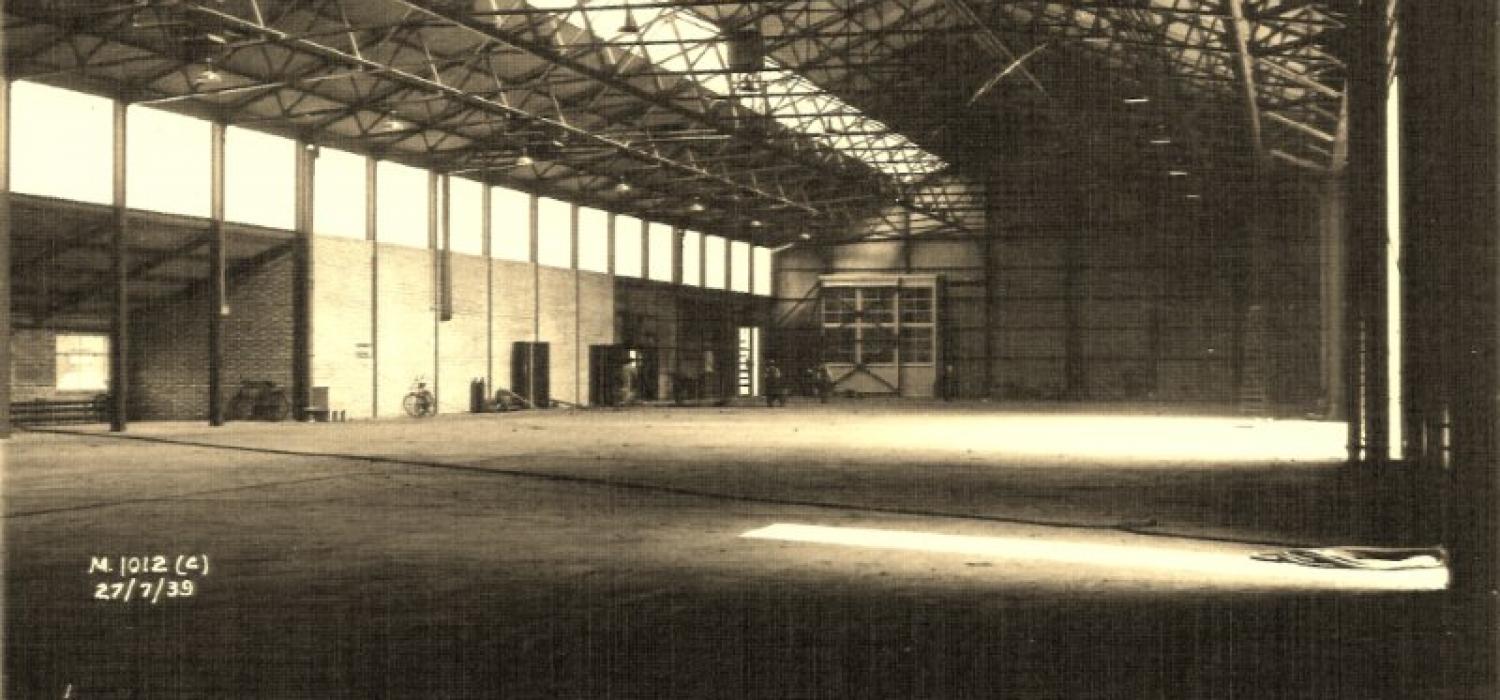History
Aviation started here in September 1933.
Rochester City Council purchased the land at Rochester Airfield from a farmer, as the site for a municipal airport. One month later Short brothers, who had started building aircraft in 1909 on the Isle of Sheppey, asked for permission to lease the land for test flying and thus began the relationship between the local authority and the aviation industry.
In 1934-5 Short brothers took over the Rochester Airport site when they moved some of their personnel from the existing seaplane works. The inaugural flight into Rochester was from Gravesend by a John Parker flying a Shorts Scion powered by a Pobjoy engine. Pobjoy Air Motors Ltd moved here at the same time to be closer to Short brothers to whom they were contracted for production of aircraft engines. Financial difficulties led to a capital investment by Shorts in Pobjoy and their eventual assimilation.
The Air Ministry licensed Short Brothers in 1936 to design and build a four-engined high wing monoplane. An initial half scale model S3 flew at Rochester on 19th September 1938 and the first prototype S29 came out of its hanger on May 14th 1939. The flight was perfect except the landing gear collapsed on touch down! Later developments led to the first 4-engined bomber to serve in the RAF, the Shorts S29 Stirling bomber for which Rochester is famous.
In 1938 No 23 Elementary and Reserve Flying Training School came here and hangars were built for the RAF and for the Navy to house their Avro tutors. The school was managed by Shorts and you can still see the buildings fronting the Maidstone Road. Civilian services started with flights from Rochester to Southend in June 1934 at a cost of 12 shillings (60p) for the return trip. Short brothers continued to build seaplanes on the Esplanade at Rochester supplying the growing market for flying boats. The name "Empire" and "Sunderland" flying boats will always remain one of the important contributions made by Medway to British Aviation. The airport was bombed heavily during the war by a wing of Dornier 17s on August 15th 1940. Many 100lb bombs scored hits on the factory and the runways.
Spitfires of 54 squadron successfully intercepted some of the marauders but Stirling production was put back by at least a year and in the end was dispersed to other parts of the country. Shorts concentrated their work in Belfast leaving the Medway towns in 1946.
For six years 1947-53 the RAF 24 Elementary Flying School Training School was transferred Rochester and was renamed the "Reserve Flying School". The unit was disbanded in 1953.
Previous employees of Shorts joined the Shorts gliding club at Rochester and developed a prototype aircraft called the "Nimbus", in an attempt to keep aircraft production at Rochester. Services to and from the continent expanded in the 1950''s and 60''s using Dakotas and Doves but with stringent requirement of the CAA, operators had to re-locate from Rochester.
In 1979 the lease reverted to the council and after giving thorough consideration to closing the airport, GEC comprising Marconi and instrument makers Elliot Automation decided to take over management of the airport maintaining 2 runways as grass whilst releasing some land for light industrial expansion. The status quo remained until 1999 when BAe who had now acquired GEC and Marconi decided to give up the airport.
Rochester Airport Ltd who took on the lease from Medway Council have struggled with the slow degradation of pre war infrastructure but remain profitable. Renegotiation of the initial lease was painful and expensive; 3300 objections were sent to the council opposing the airports closure, unusually for an airport, many from the loyal local populace.
The airport entered a new phase when tenders were invited for refurbishment and the opportunity for a longer 25 year lease under the terms of the Rochester Airport Masterplan 2013. The current operators were successful in their bid and have planning permission for new hangars. Work refurbishing hangar 3 should start in Spring 2018. Planning permission is still being sought for a paved runway which will be necessary when runway 34/16 is closed. Closure of the runway will enable the construction of a new business park to the North West and other developments to the South East complementing Medway Council's vision for the area.

